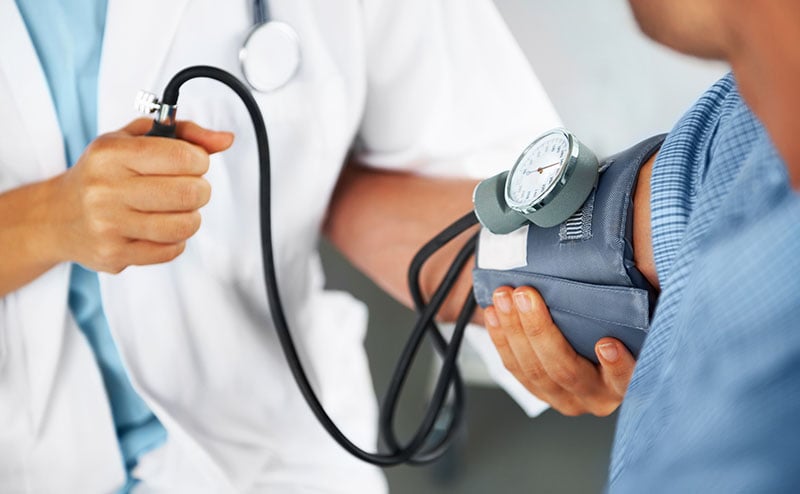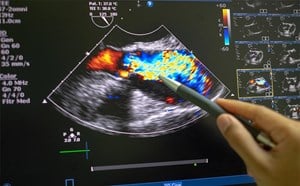
Preventive Care and Screening for High Blood Pressure
At-a-glance details of the measure:
Formal description: This measures the percentage of adults with visits during the submitting period who were screened for high blood pressure, who also had a recommended follow-up plan documented based on blood pressure (BP) readings.
Domain: Population Health (as distinct from Patient Experience, Patient Safety, Effective Care, and Efficiency/Cost Reduction).
Type: Process (as opposed to Outcome, or Efficiency measure)
This is among the most popular measures submitted by EDs and Emergency Physicians to CEDR – with good reason. Almost everyone who presents to the ED has a blood pressure documented, and all discharged patients receive printed discharge instructions with custom text that can be automatically generated by the EHR. Also, those discharge instructions are usually part of the legal medical record, sent to the billing company and other agencies. Thus, meeting the QPP317 measure can be achieved with some relatively straightforward programming: “If this adult’s blood pressure is elevated, and they don’t have a documented history of hypertension, then print followup instructions appropriate for their BP reading.”
Of course, there’s a little more nuance. A normotensive patient (the measure relies on JNC 7’s older definition of normal BP as a systolic < 120 mmHg, as well as a diastolic BP of < 80 mmHg) requires no followup documentation.
A prehypertensive patient (systolic between 120 and 139 mmHg, or diastolic between 80-89 mmHg) requires either a referral to a primary care provider, or some recommended lifestyle modifications and a re-screen within a year (the lifestyle modifications include weight loss, DASH eating plan, sodium restriction, increasing physical activity, and moderating alcohol consumption).
If there’s one elevated BP reading during the ED visit (greater than 140 mmHg systolic or 90 mmHg diastolic) then the documented followup plan should be for a referral to a PCP, or should document lifestyle modifications as well as the need for a BP rescreen within 1 day to 4 weeks,
If there are two elevated BP readings during the ED visit, then the documented followup plan should be for a referral to a PCP, or should document lifestyle modification as well as an intervention – such as an EKG, lab tests, or antihypertensive meds.
So, there’s a lot of options available to satisfy the measure, but the measure is always satisfied if a pre-hypertensive or hypertensive adult patient in the ED, with no prior documented history of hypertension, receives instructions to see their primary care provider.
A department can program rules to automatically print this referral information in the discharge summary for the group of adults who both meet the BP threshold for pre-hypertension or hypertensive BP and who don’t have “hypertension” in their past medical history or problem list.
What should this referral information have to look like? The example provided by the AMA pointed to documentation in the chart, that simply said, “Patient referred to primary care provider for BP management.” It stands to reason that referral information appearing in the discharge summary counts as well, and this appears to be the case based on prior quality submissions. We are aware of several EDs that have included language in their discharge summaries about the patient’s blood pressure readings, how they are classified, and the importance of following up with a provider, as well as contact information for some local clinics for those patients who may not have a PCP.
CMS’s description of measure 317 is here.
Author(s)

Dr. Nicholas Genes, MD, PhD
Chair, Emergency Medicine Informatics (EMI) Section
 American College of Emergency Physicians
American College of Emergency Physicians

